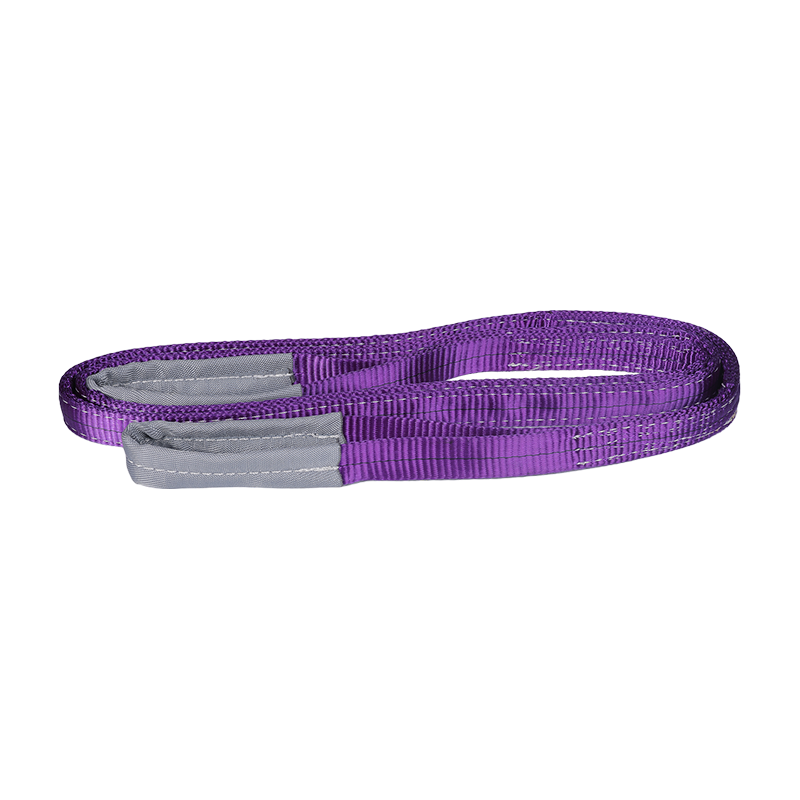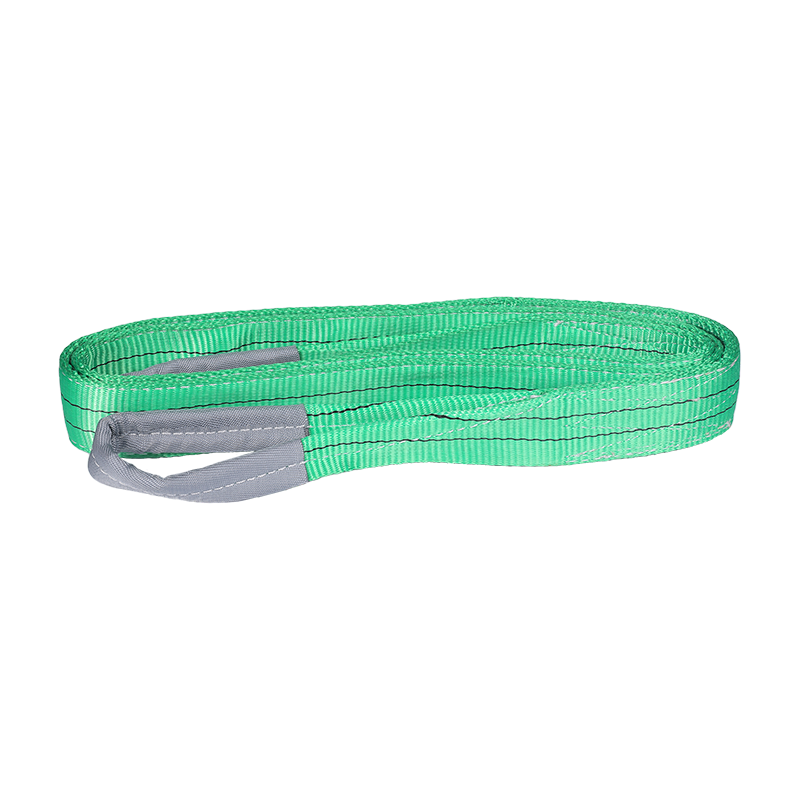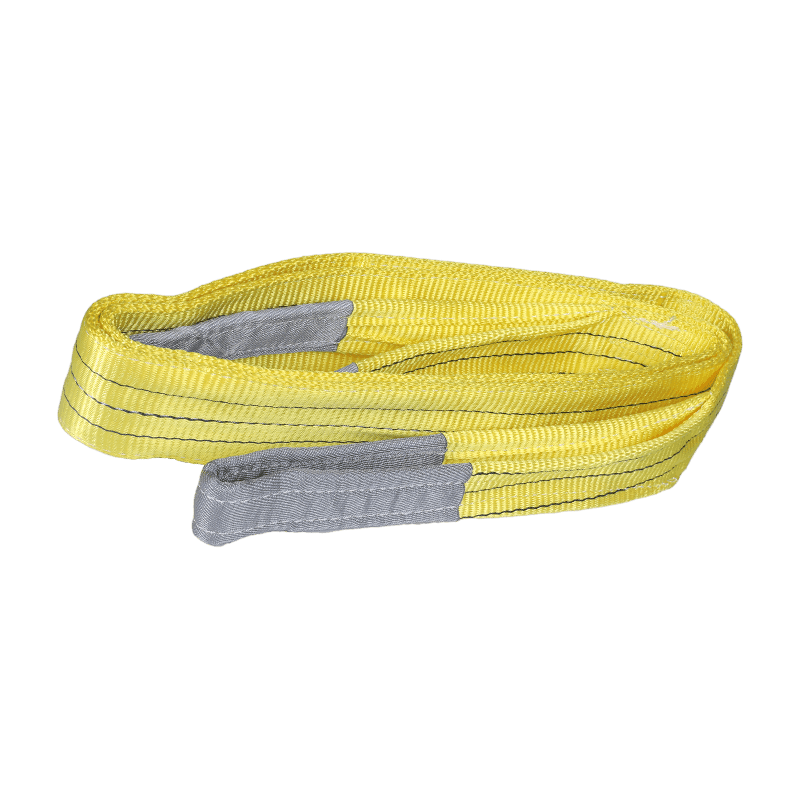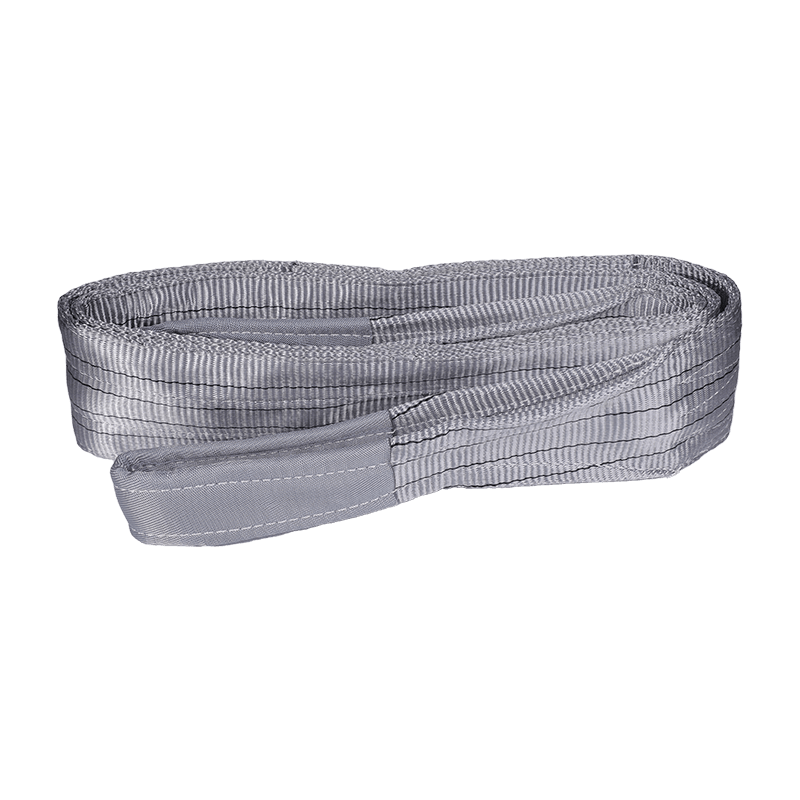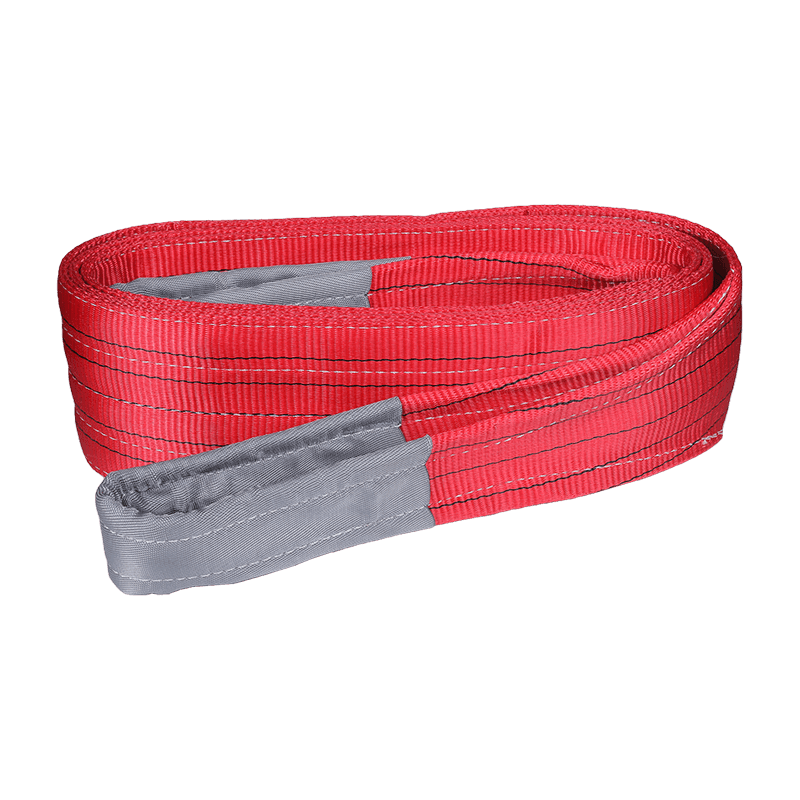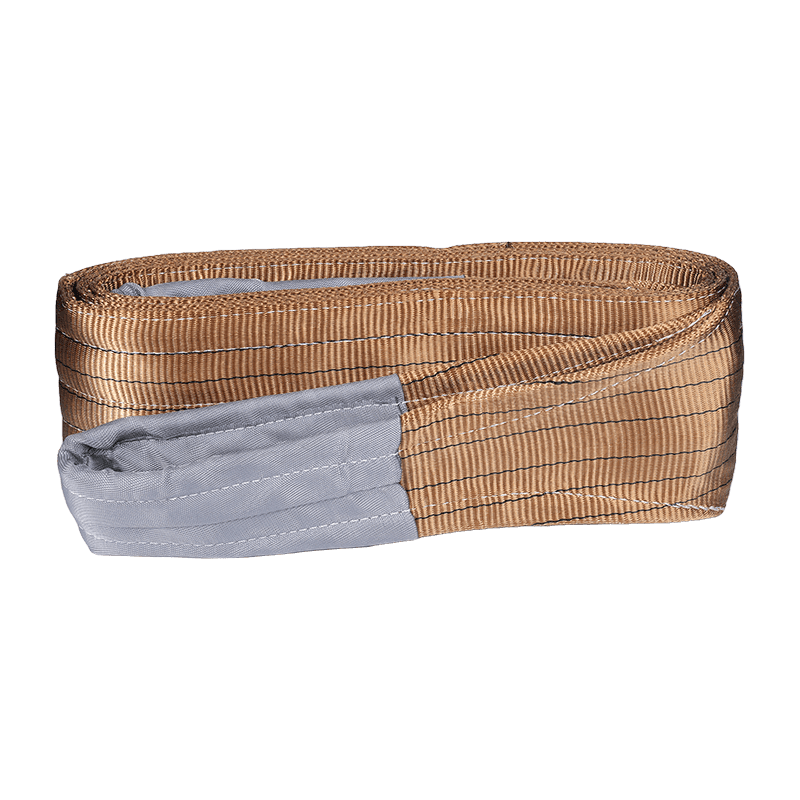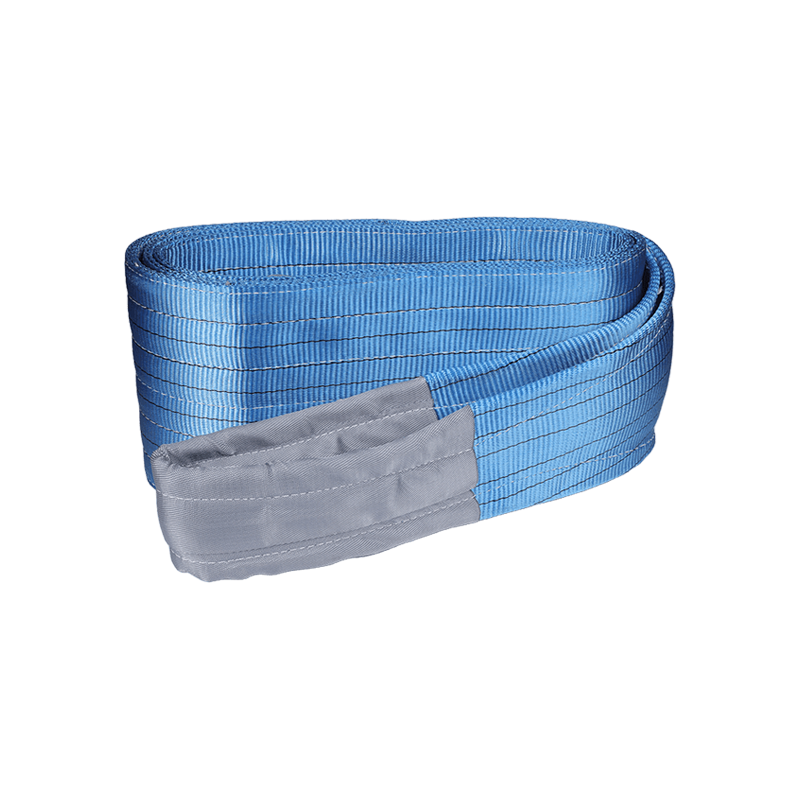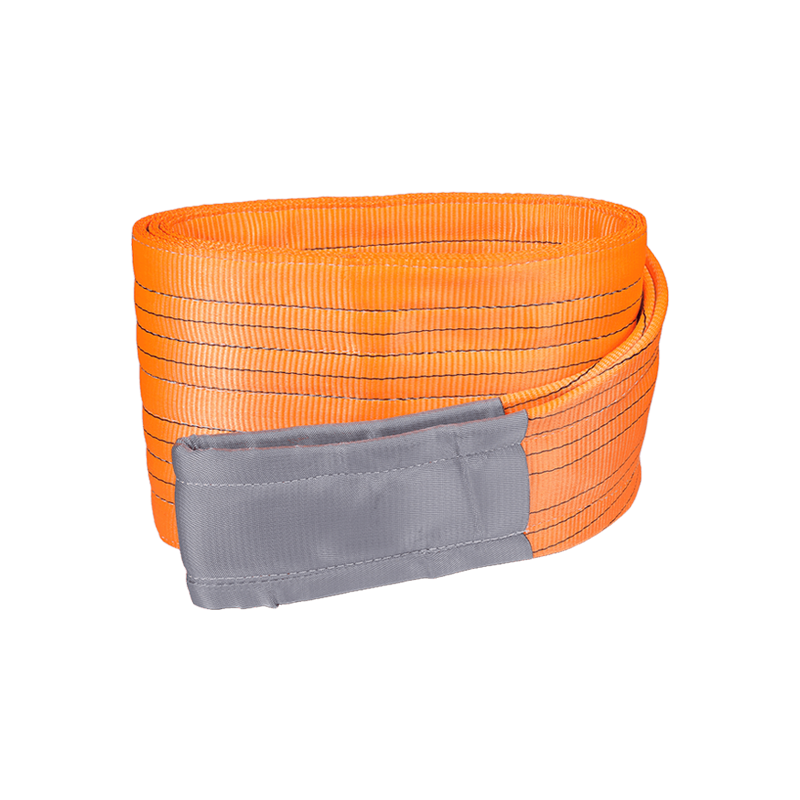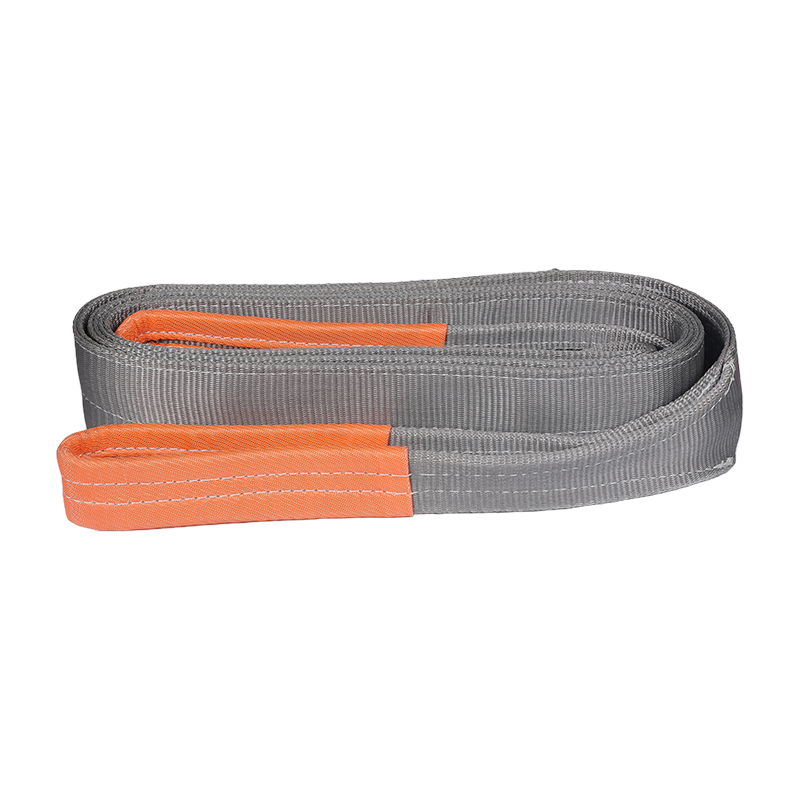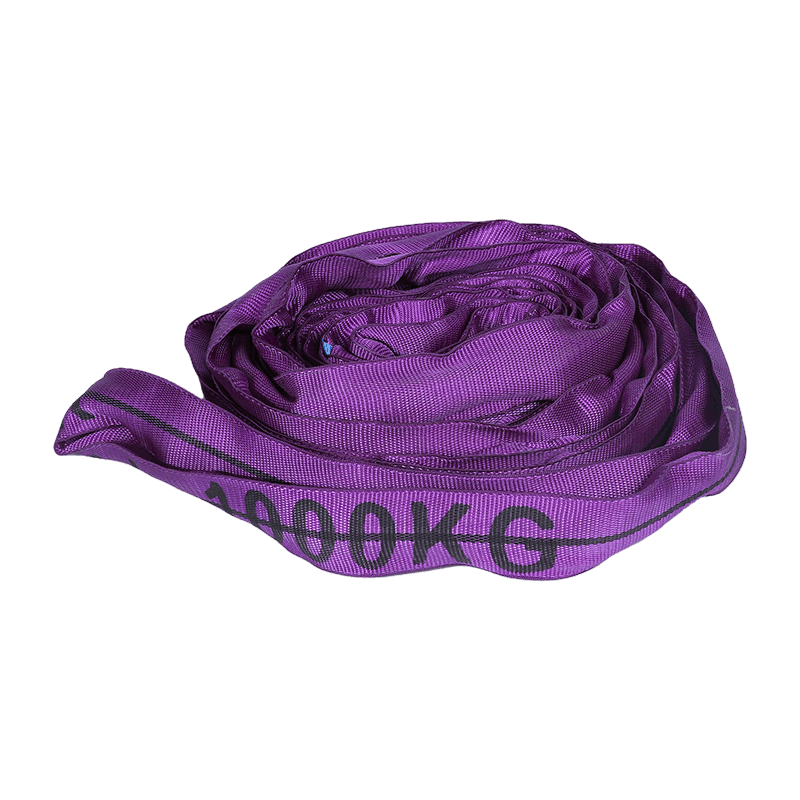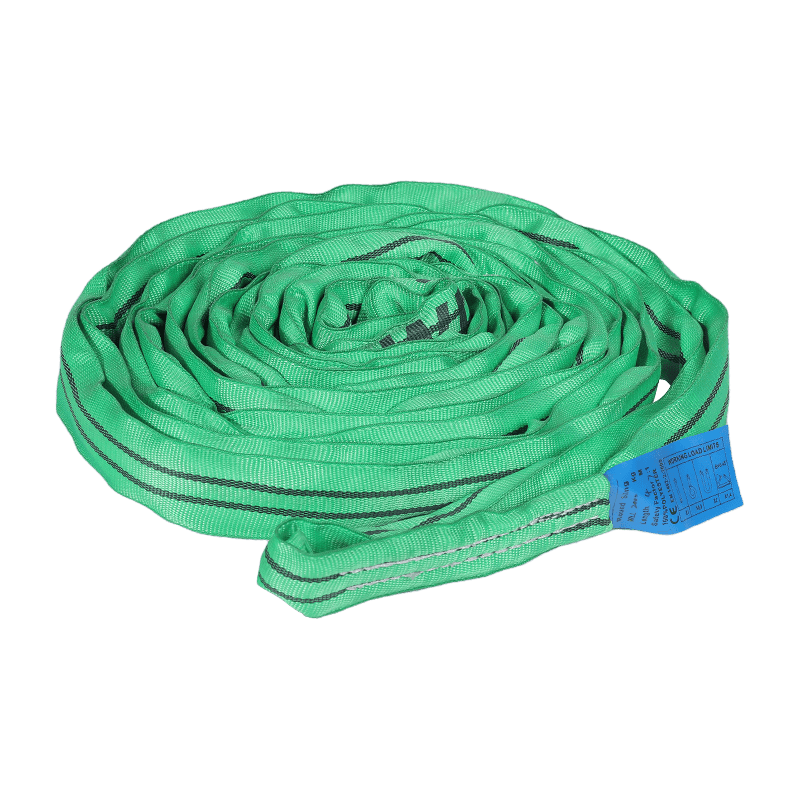Before selecting a flat webbing sling, it's crucial to assess the lifting environment thoroughly. Consider factors such as spatial constraints, obstacles, and the layout of the workspace. Understanding the unique characteristics of the environment will help determine the optimal length of the sling for the task at hand.
Measure the distance between the lifting point (where the load will be attached to the sling) and the anchoring point (where the sling will be secured). This measurement serves as the baseline for determining the minimum length required for the sling to span the distance effectively.
Take into account the angle at which the sling will be used and any additional reach needed to position the load safely and securely. As the angle increases, the effective length of the sling decreases due to increased tension. It's essential to factor in these variables when calculating the required length.
Consider the shape, size, and weight distribution of the load being lifted. Larger or irregularly shaped loads may require longer slings to ensure proper weight distribution and stability during lifting. Additionally, factor in any special considerations related to the fragility or sensitivity of the load.
Incorporate a safety margin into your calculations to account for unexpected factors or variations in the lifting environment. Adding a buffer ensures that the sling has sufficient length to accommodate unforeseen circumstances without compromising safety.

If feasible, conduct test lifts using different lengths of sling to assess their suitability for the specific lifting task. This hands-on approach allows for fine-tuning and validation of the sling length before the actual lifting operation.
Based on the above considerations, select the flat webbing sling length that best meets the requirements of the lifting task while prioritizing safety and efficiency. Ensure that the chosen length provides adequate support and coverage for the load without excessive slack or tension.


 English
English Español
Español Deutsch
Deutsch